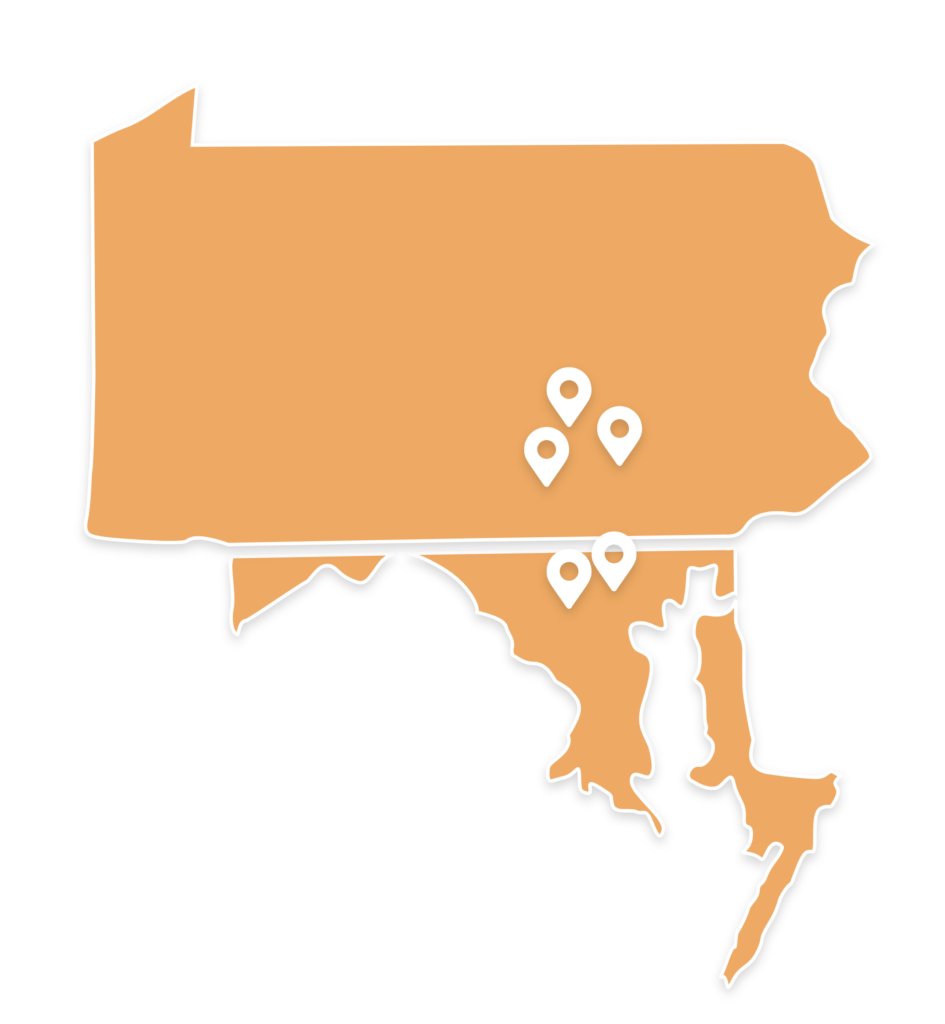Brown Plus assists organizations with the Research and Development (R&D) Tax Credit process, from identifying eligible activities and documenting expenses to calculating the credit amount and ensuring compliance. We have an understanding of the IRS guidelines and can determine if your organization’s research and development initiatives meet the necessary criteria.
The R&D Tax Credit is an incentive for organizations to pioneer the innovation that allows our society to flourish. It is designed to reward taxpayers, of any size and within any industry, that create new or update existing products, processes, techniques, formulas or software. The credit provides a tax break for some of the taxpayer’s Qualified Research Expenses (QRE), including wages, supplies, contract research expenses and payments made to qualified research organizations.
How Can the R&D Tax Credit Benefit Organizations?
The R&D Tax Credit is designed to help organizations mitigate some of the financial risk and time investment associated with innovation. We assess the organization’s R&D activities, identify areas for potential credit optimization and provide guidance on structuring projects or expenses to qualify for the credit. The funds received from the credit could benefit organizations in any of the following ways:
- Provide cash refunds of previously paid federal and state taxes
- Reduce current federal and applicable state tax expenses
- Free up capital for investment in business, product development and debt reduction
- Increase the value of business to potential buyers or investors
- Provide Alternative Minimum Tax (AMT) relief
- Deliver a payroll tax expense refund/reduction

Team Members
What Types of Organizations Qualify for the R&D Tax Credit?
Any organization that resolves challenges in an innovative way is potentially eligible for the R&D Tax Credit. Some of the industries we work with that are exceptionally well-positioned to be eligible for the R&D Tax Credit include, but are not limited to:

What Activities Qualify for the R&D Tax Credit?
To qualify for the R&D Tax Credit, an organization’s innovative product, process, technique, formula or software does not need to be new to the world or new to the industry; it simply needs to be new to the business. Additionally, the business must also be able to demonstrate activities to satisfy a four-part test from the IRS:

- Elimination of uncertainty: The company has attempted to eliminate uncertainty about the development or improvement of a product or process.
- Process of experimentation: The company has evaluated alternatives for achieving the desired result and can demonstrate having done so through modeling, simulation, systematic trial and error or other methods.
- Technological in nature: The process of experimentation relies on one or more hard sciences, such as engineering, physics, chemistry, biology or computer science.
- Qualified purpose: The research creates a new or improved product or process that results in increased performance, function, reliability or quality.
How Can Organizations Claim the R&D Tax Credit?

We help organizations claim the R&D Tax Credit, which can be claimed for current and prior tax years. Throughout the research and development process, organizations should be keeping continual records to establish the amount of qualified expenses paid for each activity. This could include payroll records, general ledger expense details and project notes and lists. Our professionals prepare and submit the necessary documentation, forms and schedules to the appropriate tax authorities, ensuring timely and accurate reporting. By working with Brown Plus, we can accurately identify eligible R&D activities, allocate expenses and ensure that the credit is properly claimed based on the research conducted.




Why Choose Brown Plus for R&D Tax Credit Services?
Our tax professionals at Brown Plus have the practical knowledge and experience to help businesses benefit from the R&D Tax Credit while providing our clients with the latest tax changes and key updates. We understand the specific requirements and regulations of different jurisdictions, helping organizations leverage additional credits at the state or local level. Our goal is to serve our clients the best service possible and help them achieve extraordinary outcomes.
If you think your organization can benefit from the R&D Tax Credit, contact Brown Plus today!
Our Locations
Brown Plus provides services nationwide with a concentration of clients in the Mid-Atlantic region. Our offices are located throughout Pennsylvania and Maryland.





